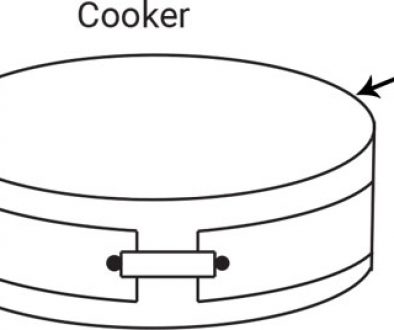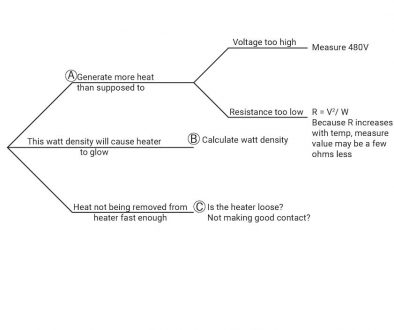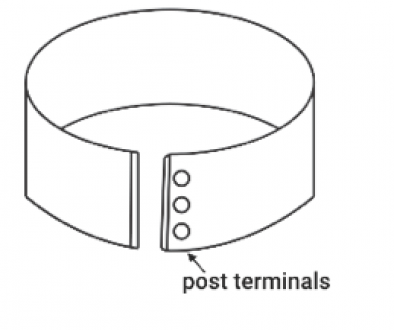Case Study #206: Cartridge Heater Leads Causing Blown Fuses
Home > Blog Archive > Category: Case Studies > Case Study #206: Cartridge Heater Leads Causing Blown Fuses
Cartridge Heater Leads Causing Blown Fuses
The Heating Application Issue
A customer was having some issues with a set of cartridge heaters in a mold. The mold had two sides, each side contained four cartridge heaters. The technician would start the process and the heaters would all come on and begin heating the mold. Then, after about 45 minutes, the heaters would begin blowing the fuses. Once the fuse blew, then power would stop flowing and the heaters and mold would cool down. What was going on?
Leads and Fuses
I went to visit the customer and looked at their actual machine as well as some old heaters that had been taken out of the mold. The first thing I noticed was that the leads were black where they exited the heater. The second thing I noticed was that the heaters still had the correct resistance. So, the heaters were not burned out, the power was somehow returning to ground and blowing the fuses (which is the equivalent of tripping the breaker).
The Explanation
This is what was happening: the mold was getting hot and because the heaters were not long enough to stick completely out of the mold, the fiberglass leads were getting hot and the insulation was breaking down. The particular leads we use at Thermal Corporation are rated at 600V, but as the fiberglass insulation breaks down, it is not a stretch to think that 480V could jump to ground through the broken down fiberglass.
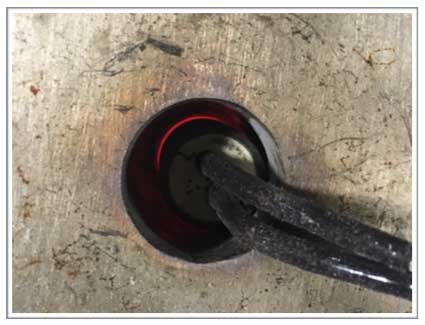
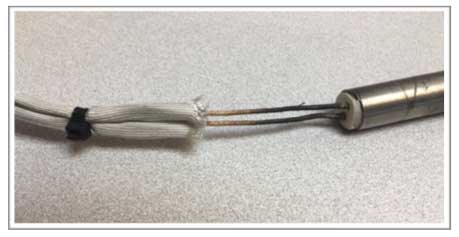
Another issue is that the heaters had a silicone boot on each lead end as well as ex-flex. In the first picture, the silicone boot is the shiny black material over the leads. Silicone boot is used as a protector for the leads and is rated at 500°F. Ex-flex is a high-temperature fiberglass product that is shown in the second picture as the white sleeving. It is rated for a similar temperature as the silicone boot. While these additions can certainly protect the leads from damage, especially from mechanical or cyclic wear, in this particular situation they were really acting as a thin layer of insulation inside the mold and causing the leads to hold more heat. This was also contributing to the breaking down of the fiberglass and causing the leads to arc.
Solution to the Problem
The solution was to add a 1-1/2″ long cold section to onto the lead end of the cartridge heaters. This got the leads completely out of the mold and out into the cooler air. This stopped the leads from breaking down due to heat and kept the fuses from blowing.
Have a question about a heating application?
Contact our engineers for advice! Our engineers excel at problem-solving heating application issues. Don’t hesitate to shoot us an email (engineering@thermalcorp.com) or give us a call ((800) 633-2962) and we will be happy to answer any questions you are having about any industrial heating application.
Written by Kyle Otte
Date Published: 10.10.2019
Last Updated: 10.10.2019


